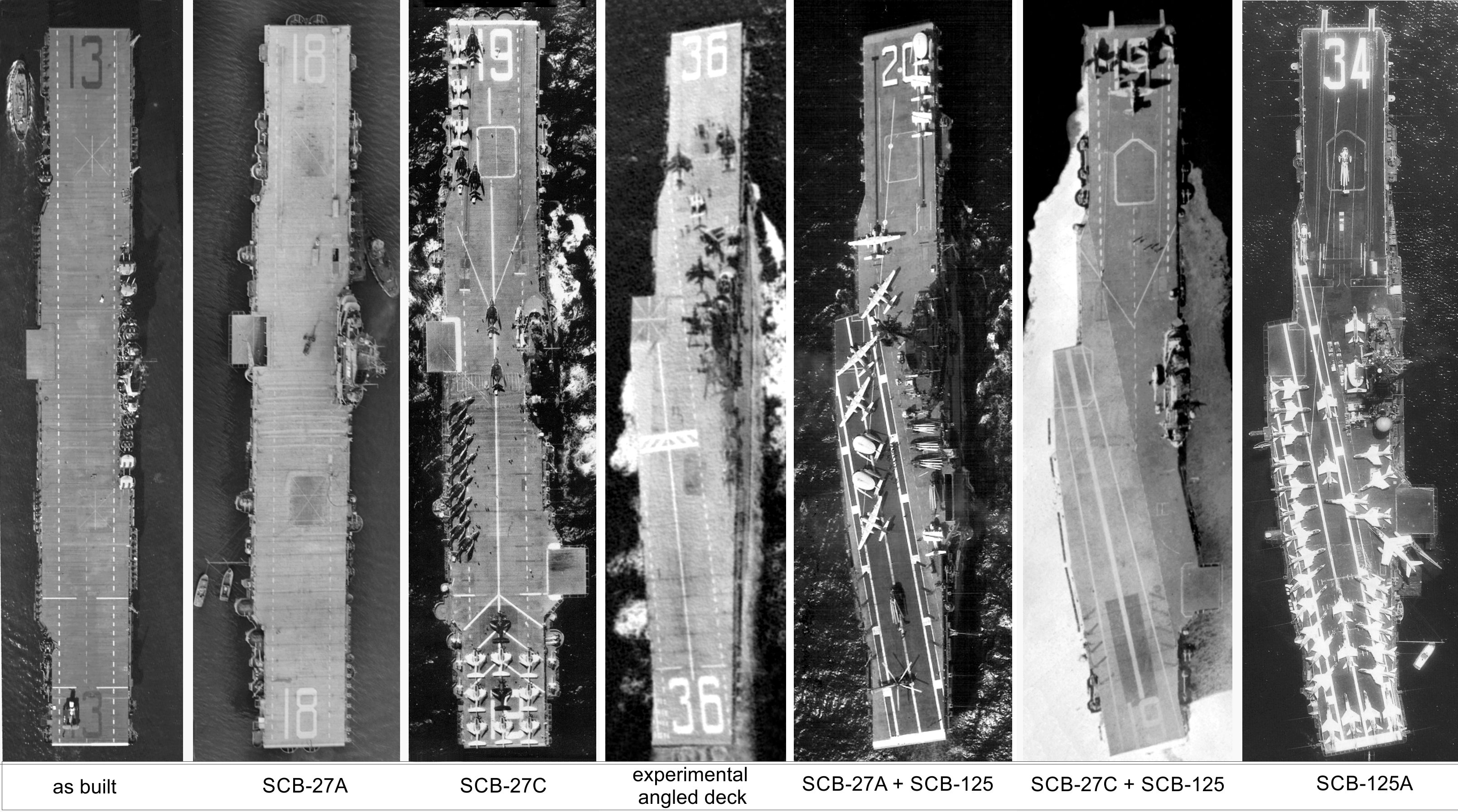Proelite, I commend you for your effort. It takes time to draw something, and it shows perseverance when you update the designs.
May I ask, how long did it take you to make that 3d model? Was it made with SketchUp? If you have no serious previous experience with 3d modelling software, a model like that must've taken you 5+ hours to make.
Anyway, onto the concept itself. Why such a short carrier? I too invested quite a bit of time in carrier concepts and came to the conclusion that length usually trumps width. you can get a more efficient design with a longer deck than with a wider deck, if actual deck area is the same. Wide deck usually means wide hull, or at least a lot of support for that wide hull, meaning a lot of excessive weight. And wide hull and extra weight usually slow the ship down. Meaning it needs to use more powerful propulsion.
Island seems too far aft, in my opinion. While IEP does allow more leeway when it comes to positioning the turbines, they still should be positioned fairly close to the centre of the mass of the ship. They're very unlikely to be able to be that far aft, inside the ship. And having them more to the front, yet having the island with the exhaust/intake so far back means there would have to be way too much volume consuming piping going through the ship. It's also make the ship less structurally sound. It's add extra weight. Absolutely majority of ships designs (including carrier) feature exhausts/intakes with almost-shortest possible route up, without too much piping.
Why two big turbines? QE carrier, which is more than double the displacement, uses that many. Then again, you didn't clearly show the hull form. If very wide, it very well might need that much power. Why four props though? QE does just fine with two screws. Only the huge US designs, over 3 times more than your displacement, have four screws. It doesn't seem very efficient, adding unnecessary weight. Anyway, if we are talking about two mt30 turbines, then the island is too small. It barely has enough room for feeding air and providing exhaust for one turbine. And when one deducts the intake/exhaust needs, the remainder of the island is also too small. There's a need for multiple bridges on it, facing all sides. Ford carrier, which has basically the smallest island one could get away with, requires 25 by 12 or so meters. Without intakes/exhausts. I would thus suggest 25 by 20 meters or 30 by 16 meters or something like that, if you're to fit two sets of turbines in it.
There's some other stuff one could critique but I won't go into such details...
Anyway, it's a good try, though a bit unrealistic.

